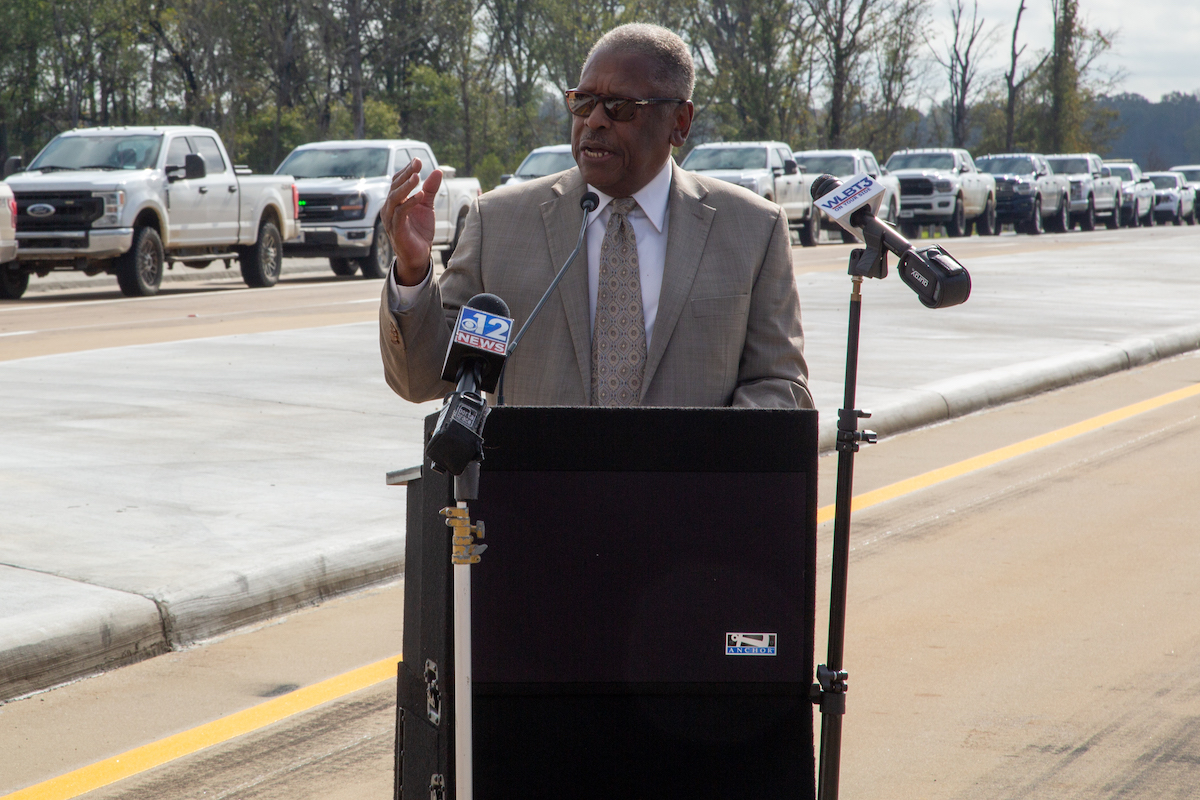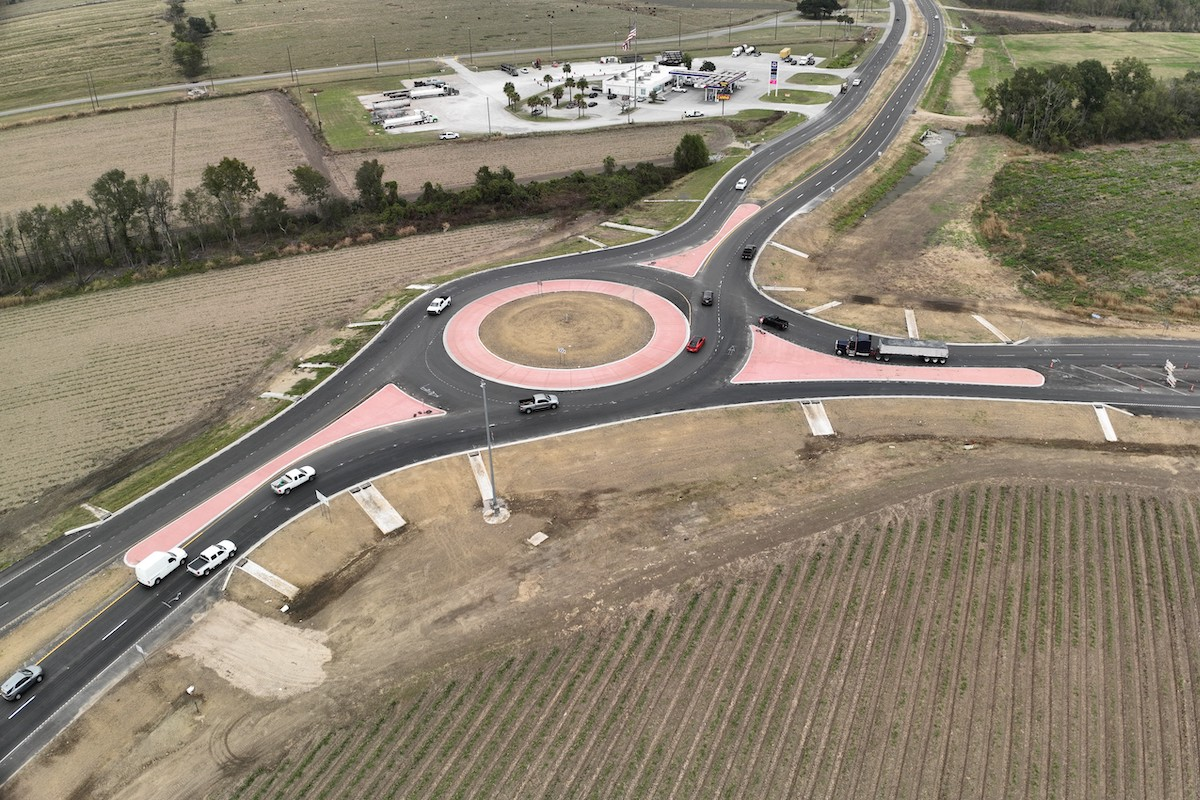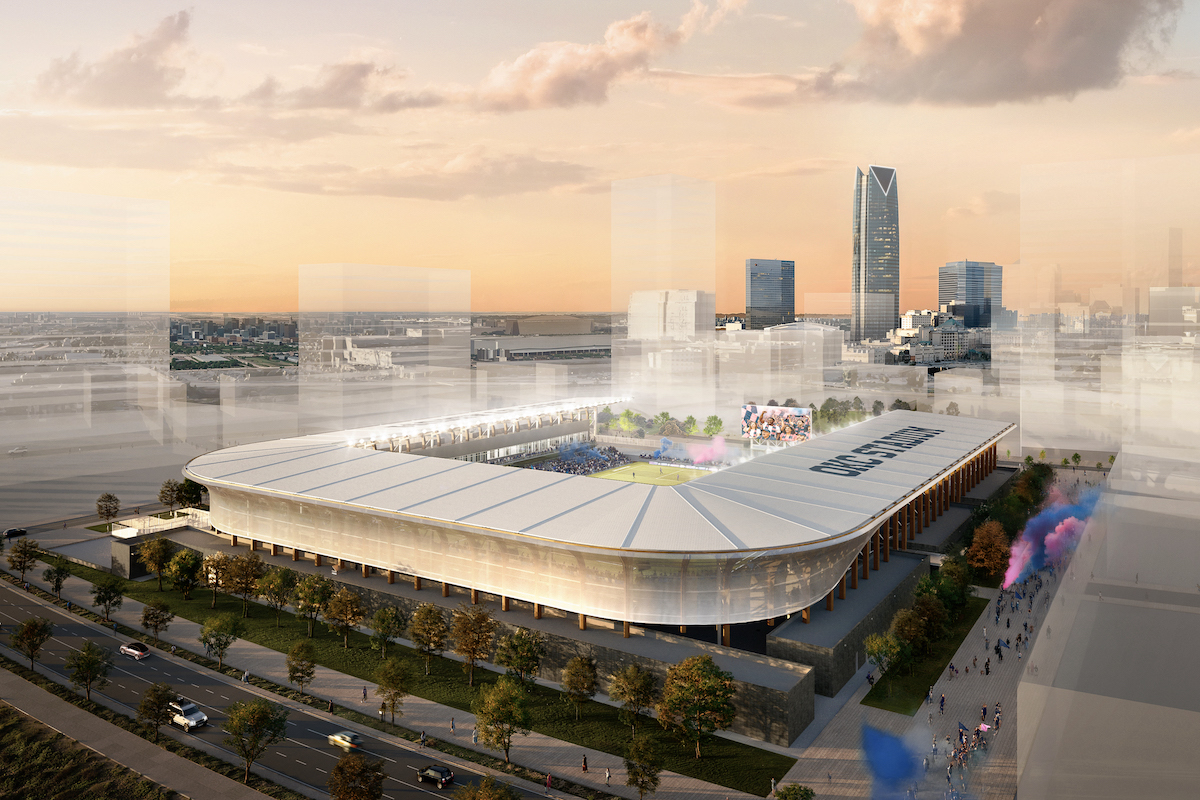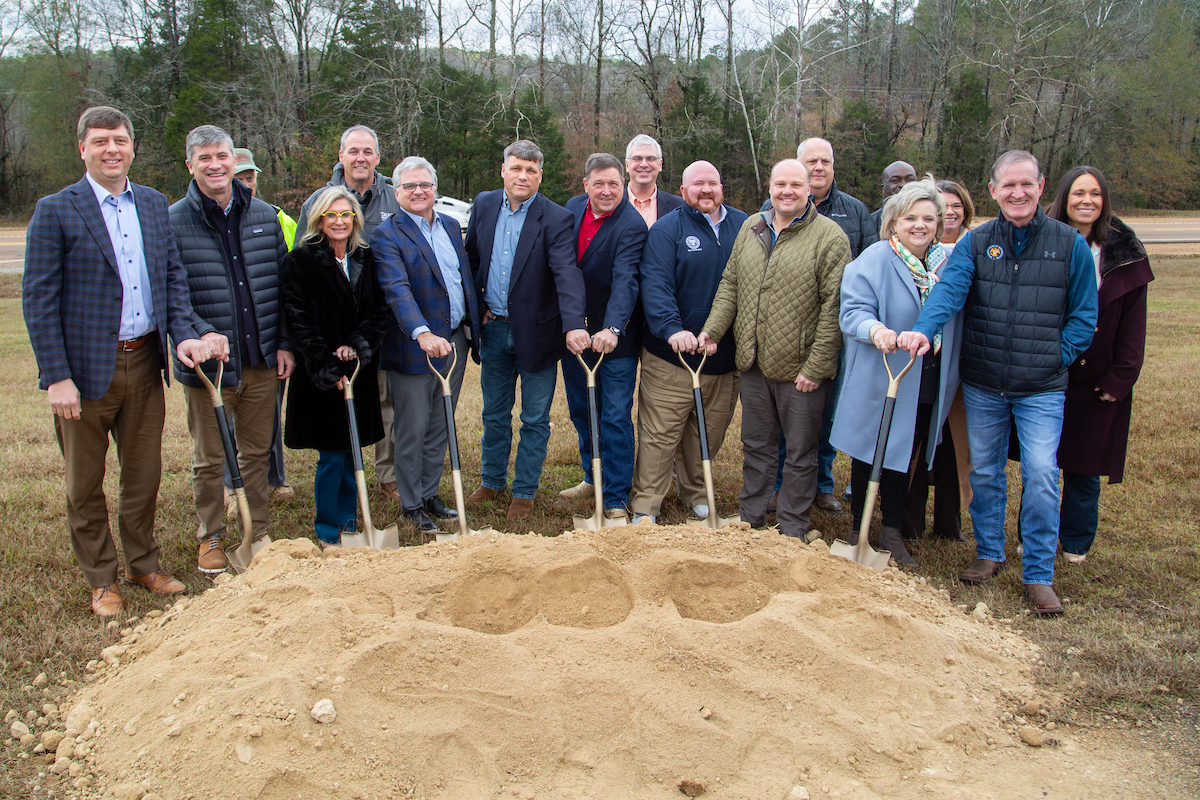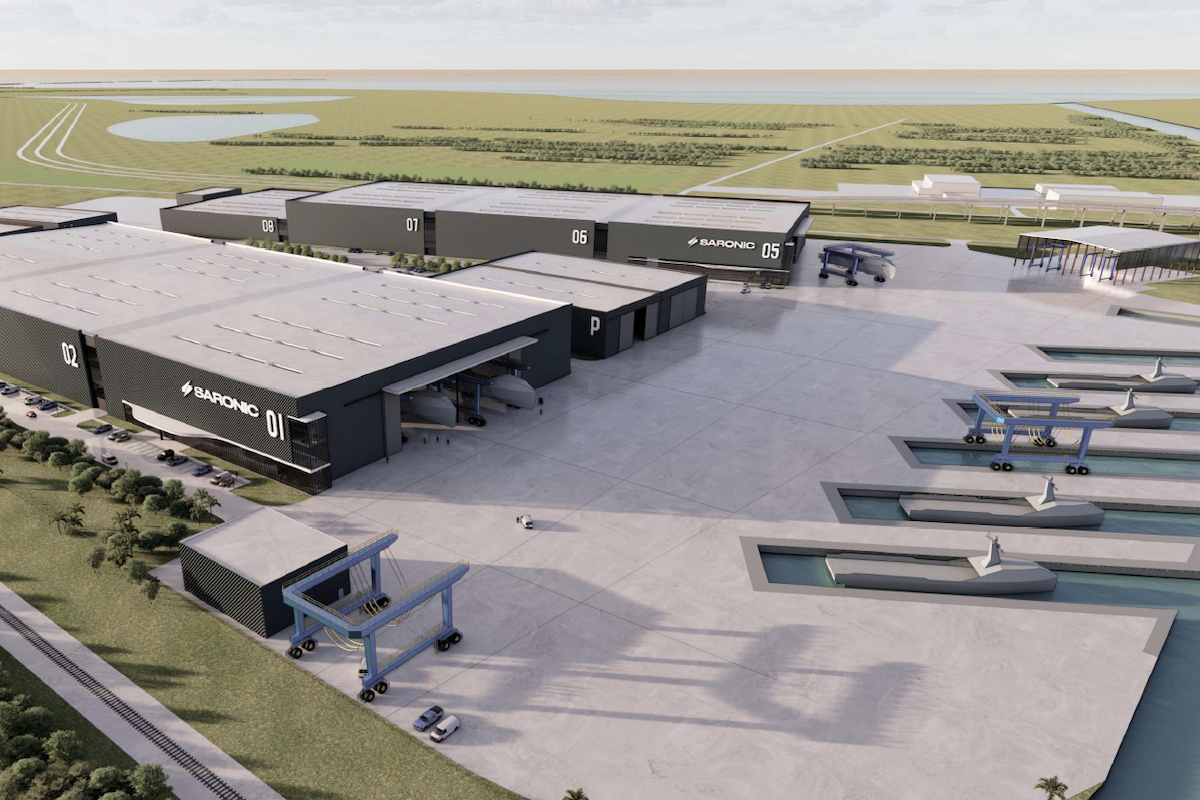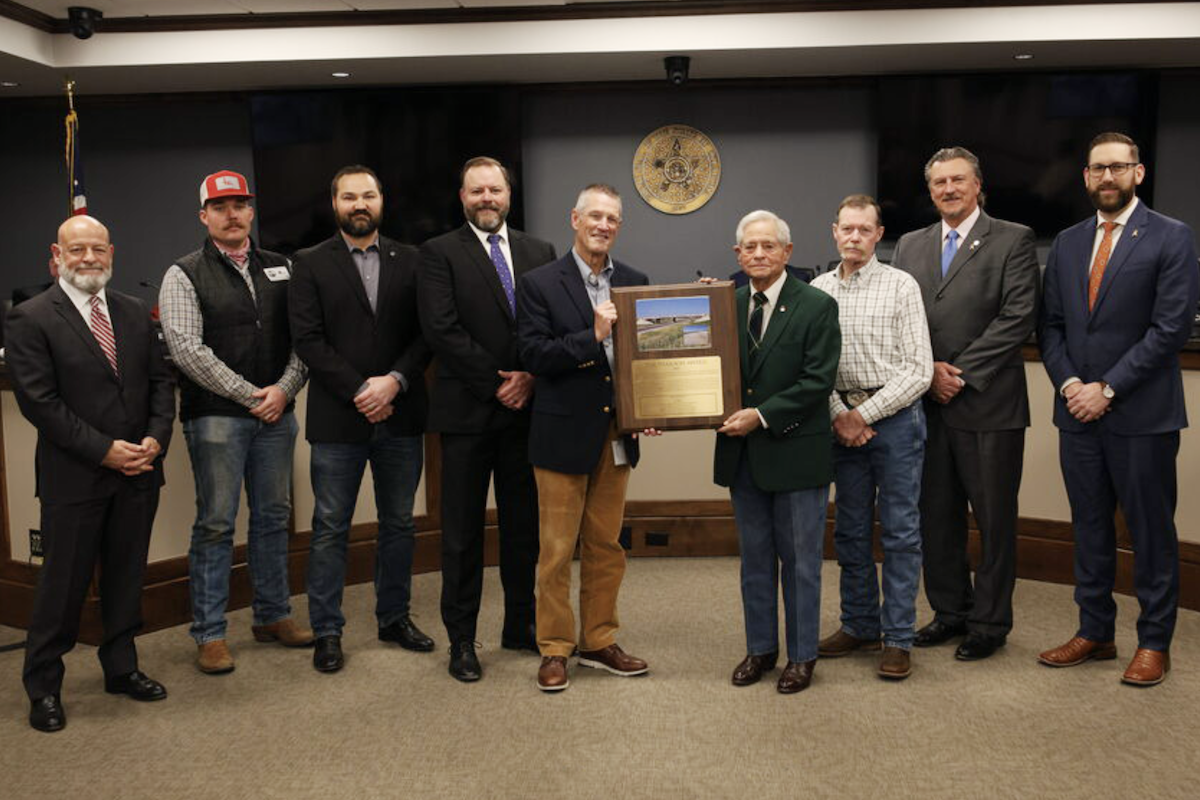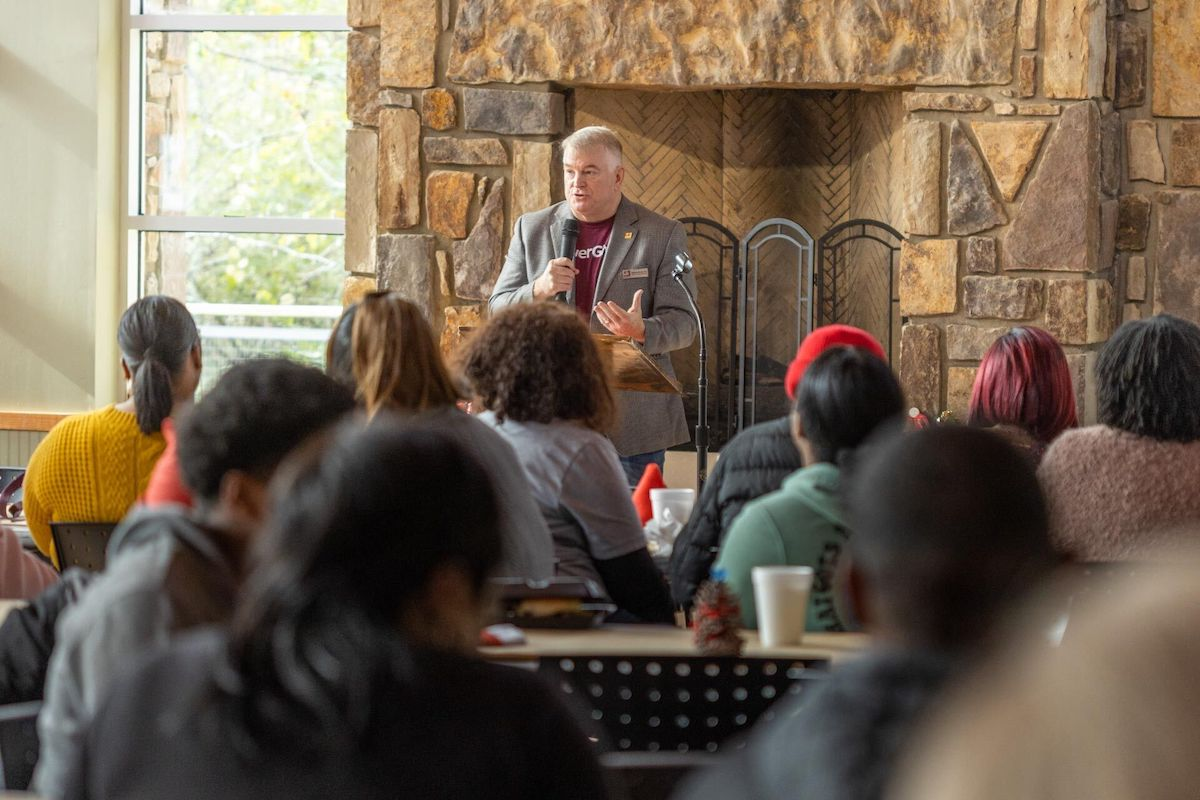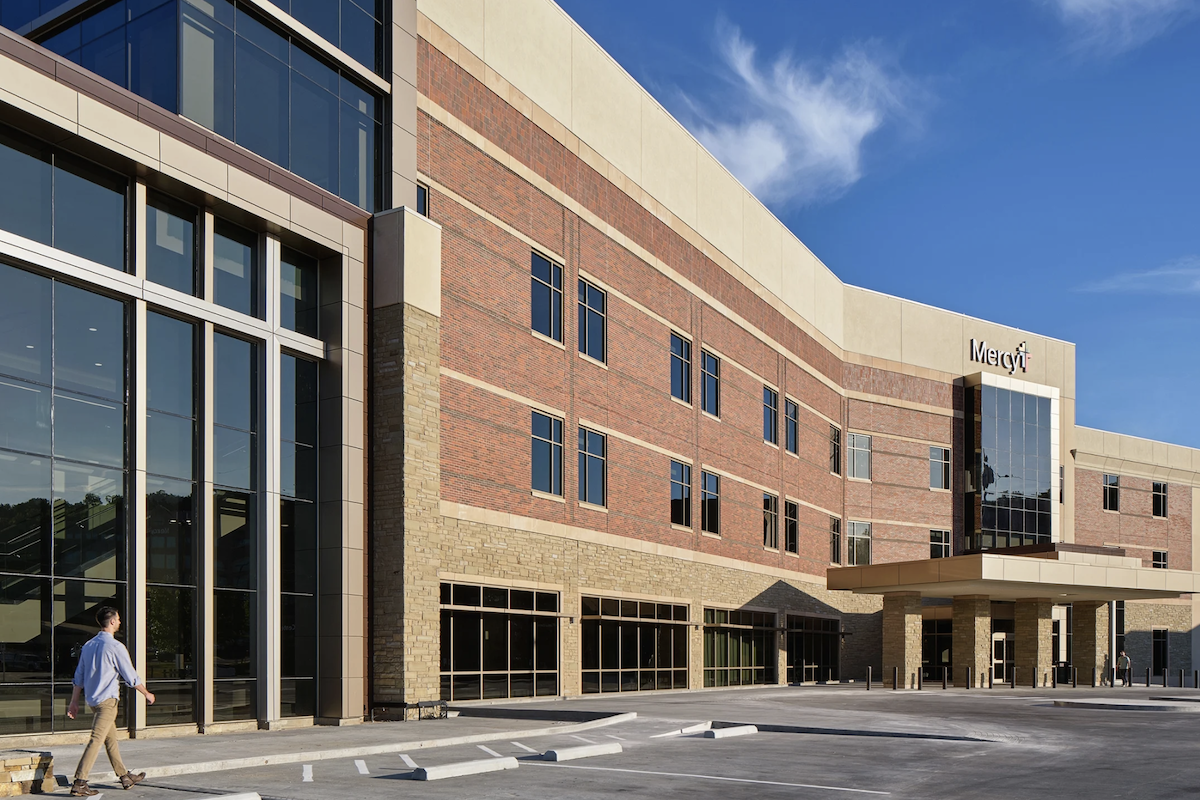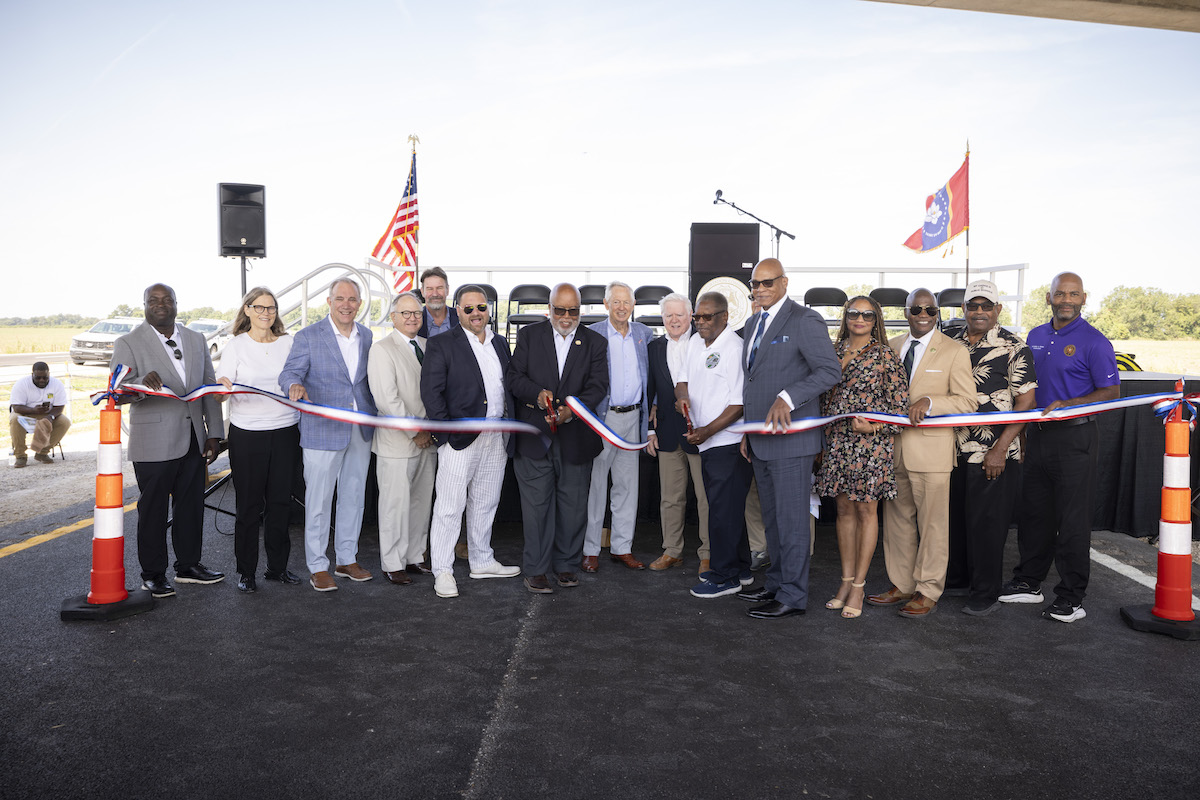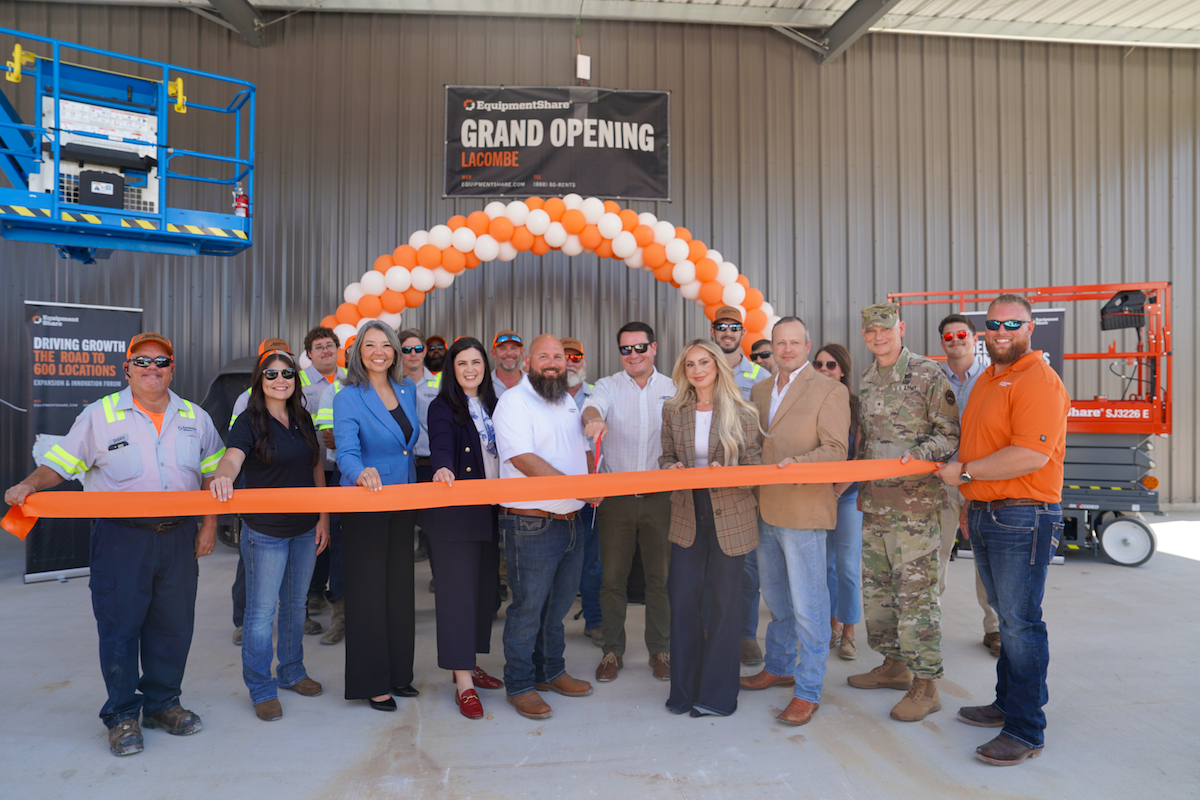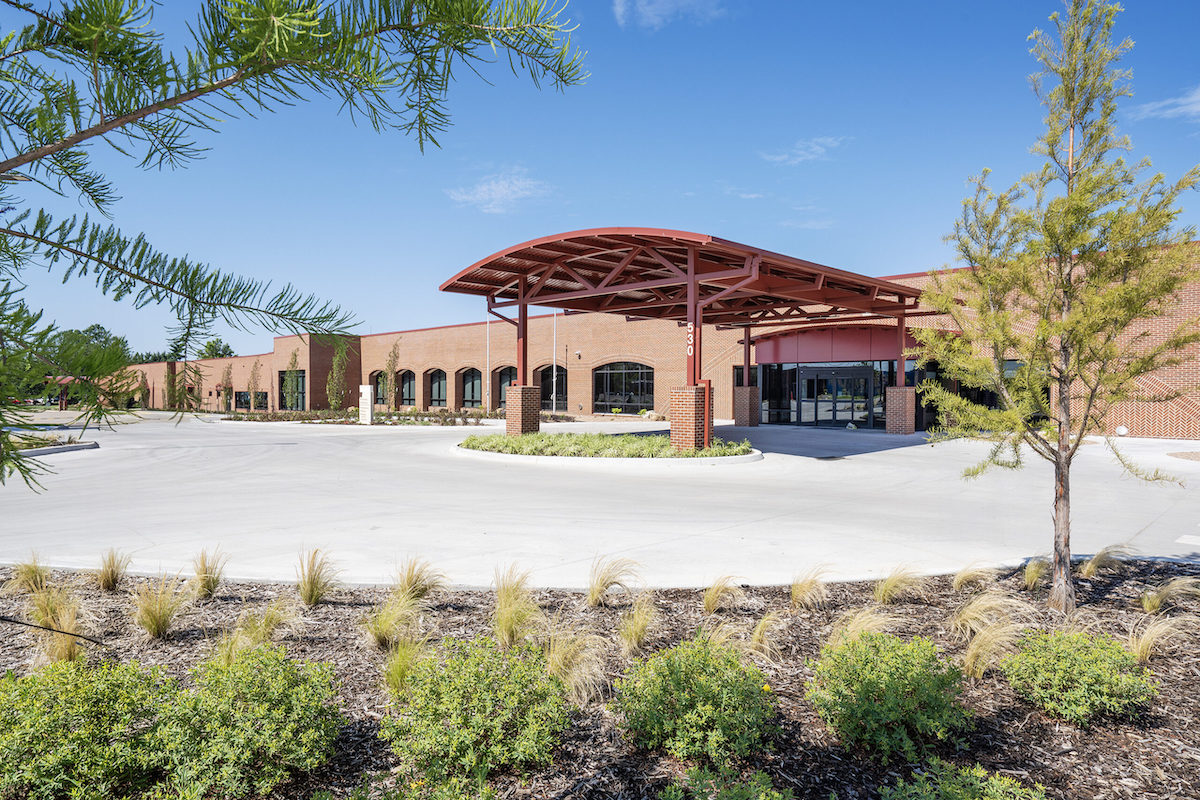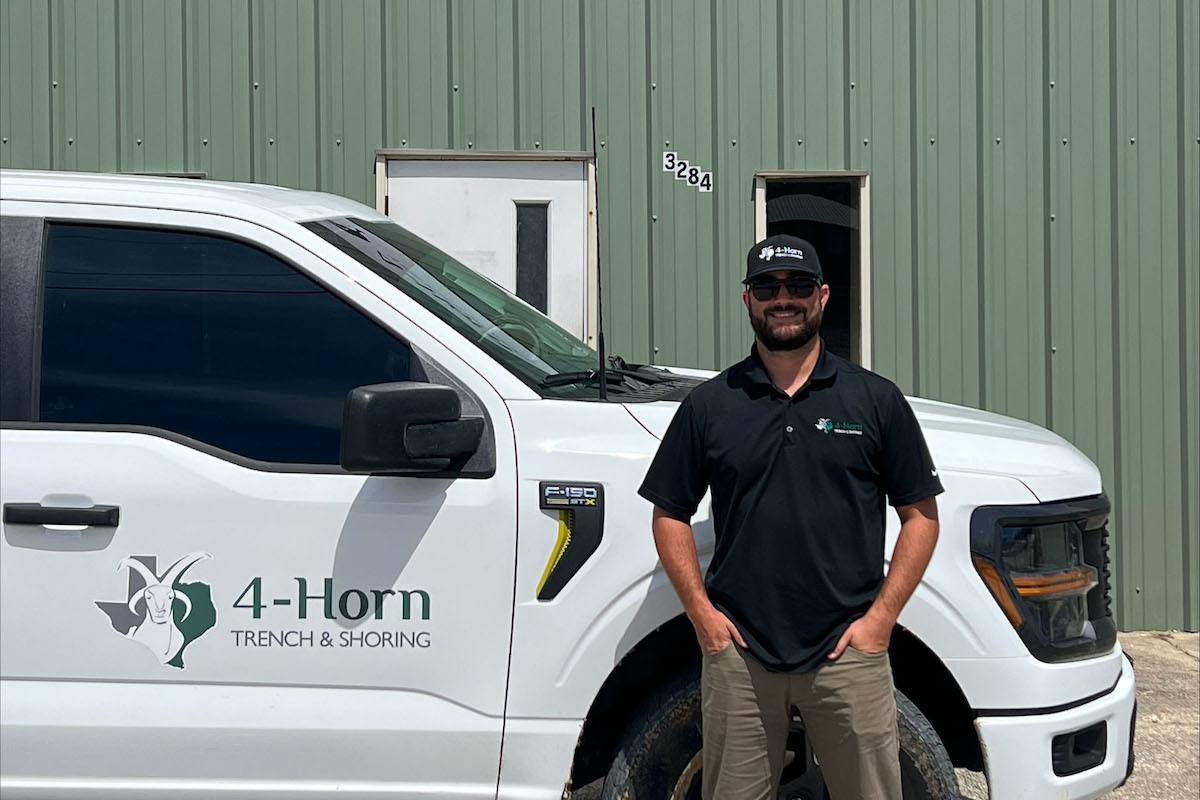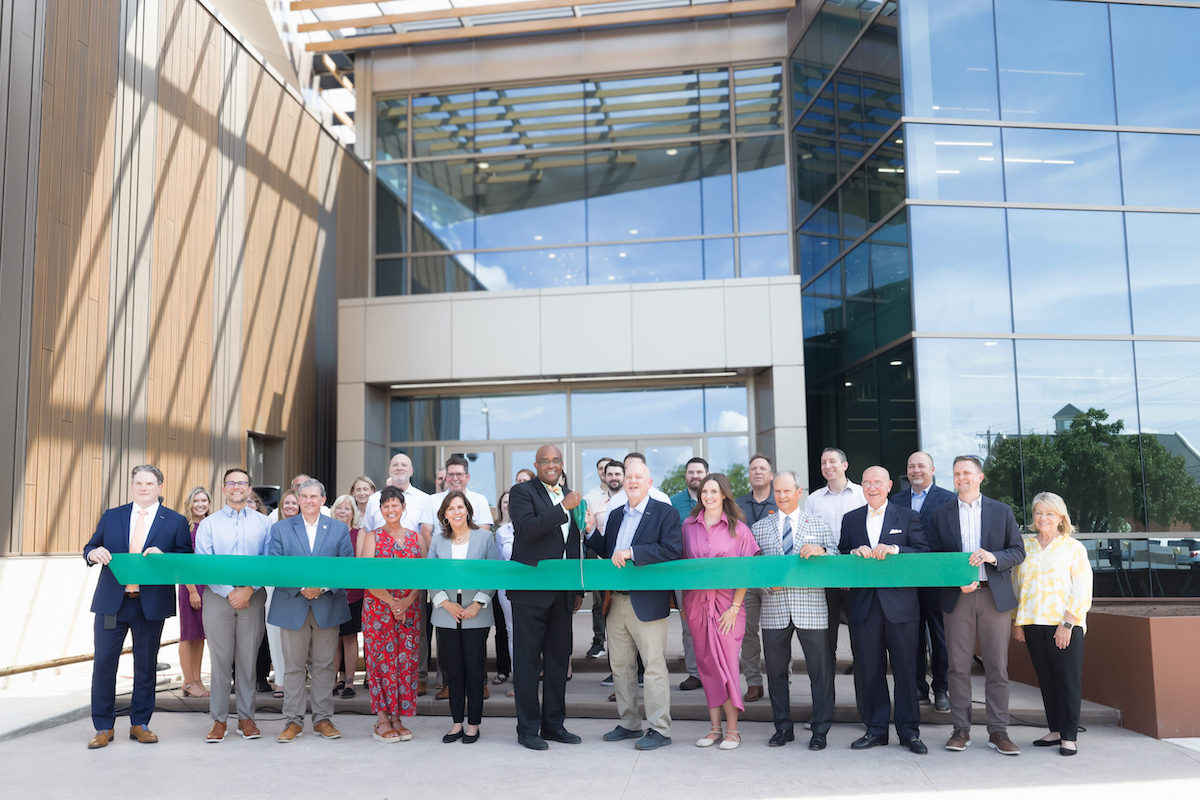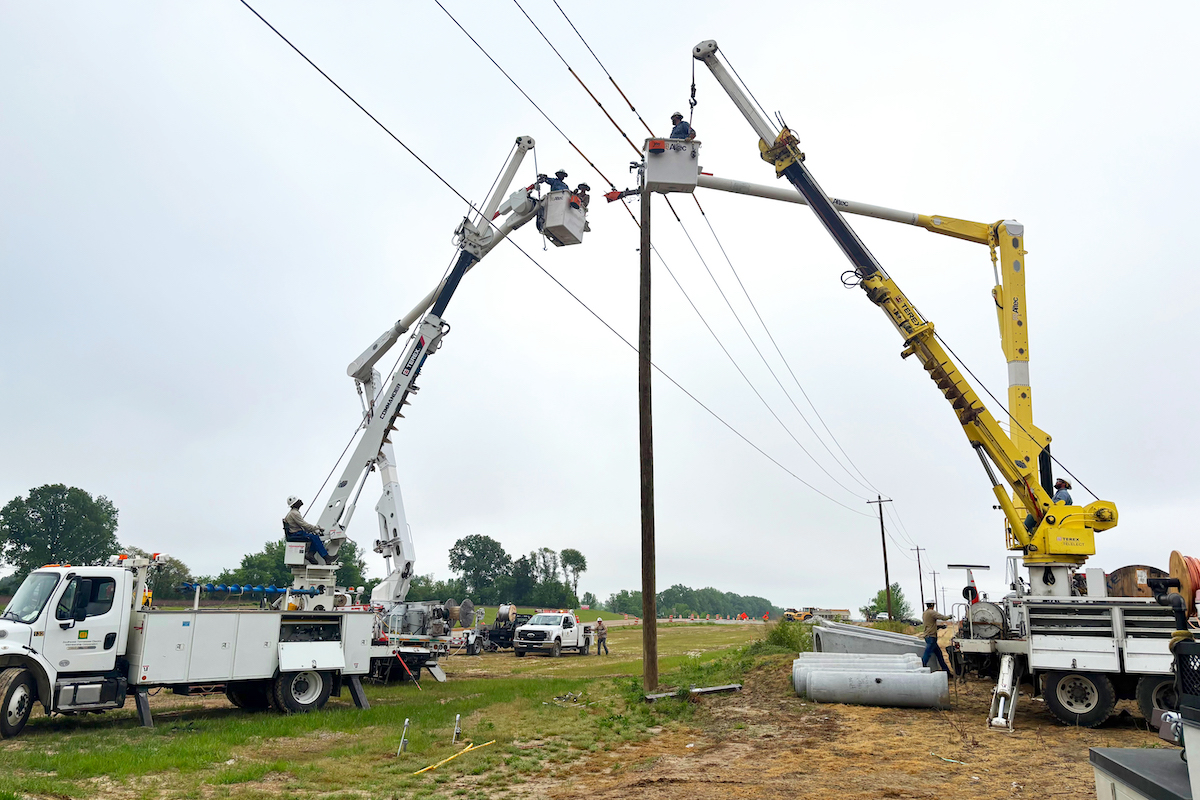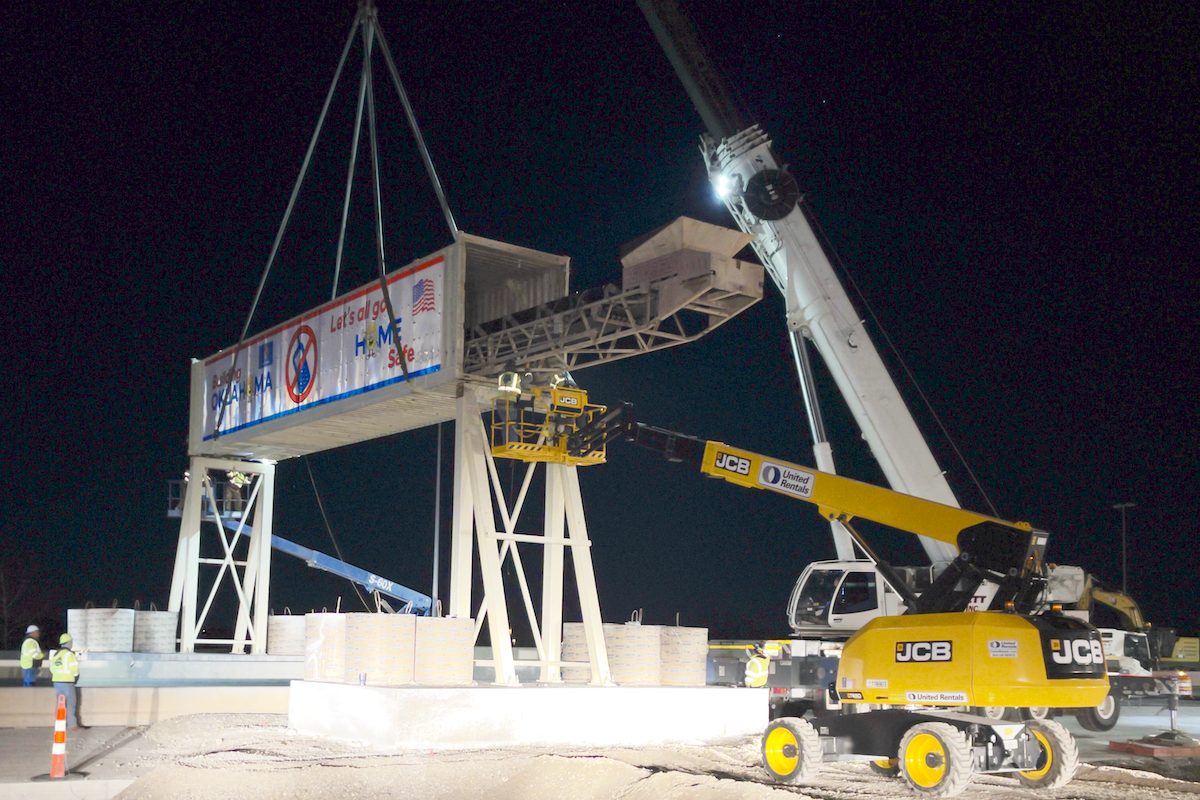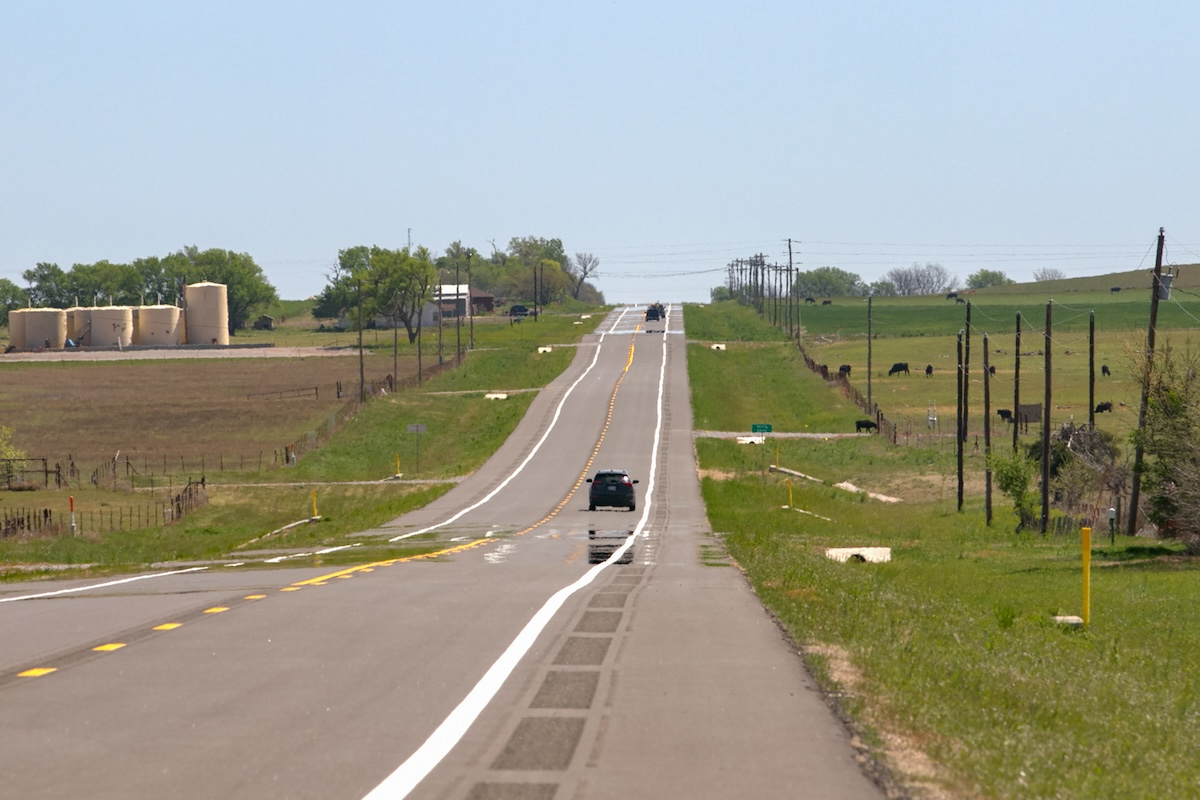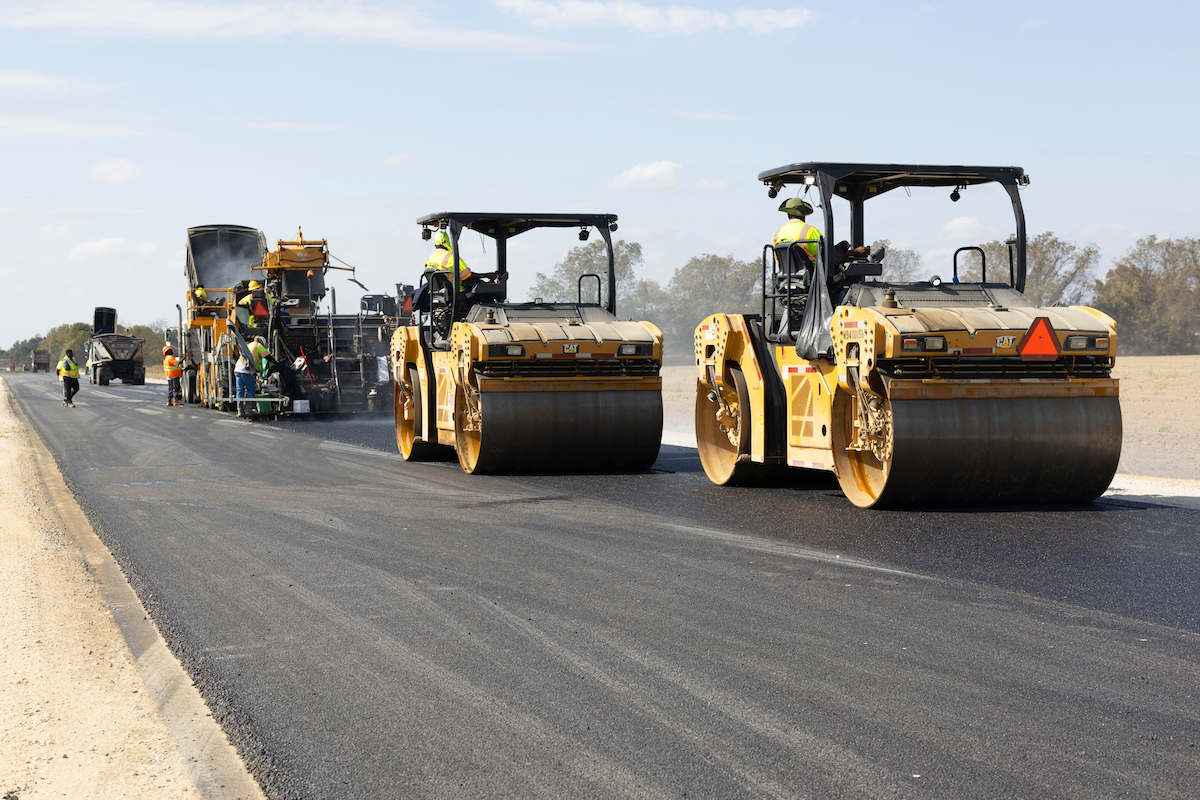According to NDOT's website, as many as 300,000 motorists visit the Strip on major holiday weekends. The area around the interchange has seen an uptick in traffic due to the construction of new resorts and the relocation of professional sports teams. Allegiant Stadium, which holds over 60,000 people, is just off the interchange.
The 1960s-era bridge was widened for extra capacity in the mid-90s and has three lanes in each direction.
According to the project website, “The bridge also needs to be lengthened to accommodate future widening of I-15. The new bridge will also increase capacity of the Tropicana interchange, reconfigure the northbound collector-distributor road’s entrance to I-15, and address the need for HOV access to I-15 separate from Tropicana Avenue.”
The team is working on a full reconstruction of the I-15/Tropicana Avenue interchange. Besides the new bridge noted above, two additional bridges will be replaced, including partial replacement of a flyover bridge and the construction of one entirely new bridge. The new flyover bridge is necessary to allow for the widening of Tropicana Avenue.

| Your local Case Construction Equipment Inc dealer |
|---|
| ASCO Equipment |
“When the bridge is completed, traffic will no longer be allowed to make a left turn at the intersection, because of Allegiant Stadium,” said Bryan Snyder, a Resident Engineer with NDOT.
The work is expected to improve traffic flow. The team is also adjusting and modifying the configuration of a signalized intersection around the interchange to limit access to right-in and right-out.
The project also includes installing 12 active traffic management (ATM) elements. They range in width from 90 to 130 feet and span multiple lanes. The ATMs will offer guidance to travelers and increase traffic flow.
Another element of the project is an asphalt mill and overlay on I-15. The 3-mile-long mill and overlay scope starts at the south end of the project and continues south to the I-15/I-215 Interchange. The team will also perform a bridge deck overlay along the 3 miles.
“Some events were planned up to a year in advance,” Snyder said. “During the events, we see large influxes of traffic, which requires us to manage around them to keep traffic flowing.”
Some events occurred with little notice. The Las Vegas Golden Knights hockey team went to the Stanley Cup Finals, while the NFL’s Las Vegas Raiders made the playoffs once. These significant events drew extra traffic to the area and had to be accounted for.
However, two major events were added while the project was underway:
- The Super Bowl took place in February 2024 and drew an estimated 330,000 visitors to the area.
- The Formula 1 (F1) Las Vegas Grand Prix took place in November 2024, drawing 315,000 fans to the area. The racetrack was very close to the project.
A tremendous amount of planning goes into preparing for the onslaught of tourists that these events bring to the city.
“We worked with all the major stakeholders and did in-depth partnering to work through the challenges associated with these events,” said Jake Krause, a Project Manager for Kiewit, who is on site managing the project daily. “It took a monumental effort to make the events successful while minimizing the delays.”
Krause said that the F1 team brought traffic engineers to the project to analyze the available footprint. Ultimately, the construction team had to make some minor improvements to the configuration to help traffic flow through during the event. This also occurred with the NFL.
Snyder said there were a couple of challenges from the DOT perspective. “When we let the project out for bid, the HOV lanes had 24-hour day restrictions. However, through the course of the project, we changed it to four hours a day. To build the brand-new HOV intersection, we had to make accommodations, like not allowing large trucks to travel on them.”
Because of the traffic challenges, the team demolished a bridge over one weekend on two separate occasions. They had to move large pieces of equipment for the demolition and haul off thousands of tons of bridge debris in a tight weekend window.
One of the unique things about the project is that the team only rebuilt 30 percent of the flyover bridge. They had to tie in the new and existing girders. Krause said bolting them in was challenging, but the onsite staff worked through it with the design team.
On the northbound on-ramp to I-15, the team wanted to preserve the existing structure while adjusting vertically to fit the new roadway profile. So, they jacked it up, extended the abutments vertically, and lowered it down on new abutments.
“We hydraulically lifted it 5 feet in the air and worked on the abutments,” Krause said. “This helped us to lessen the impact on the embankment near one of the ramp bridges.”
“This project has some similarities to Project Neon,” Miske said. “We have lots of experience working with NDOT, as this project includes many similar people from both teams.”
Kiewit’s ability to self-perform design work made them an attractive choice for the design-build project.
The design-build contract was for $305 million. The project website said that the project is being funded with $159.7 million in federal funds, including $25 million from the Infrastructure Investment and Jobs Act and $50 million from an Infrastructure for Rebuilding America grant awarded by the U.S. Department of Transportation in 2020. The remaining funds come from state gas tax revenue.
The project is on budget and is expected to finish on schedule in mid-2025. It began in the spring of 2022. Snyder said that Kiewit deserves credit for keeping the project on track because they added more personnel as necessary.
According to Krause, the teams meet with each other daily, as they have offices in the same building. “We can walk down the hall and have a casual conversation,” he said. “These quick conversations help us solve problems and keep the project moving.”
“This team has much to celebrate,” Krause said. “Through seamless collaboration, Kiewit, NDOT, and our subcontractors have successfully navigated all the complexities that come with a fast-paced design-build project. We are an integrated team that is poised for success during these final stages of the project.”
“The I-15 Tropicana Project offered unique opportunities for growth and learning, and we were able to overcome complex challenges, making it one of the most rewarding projects in my career,” Miske said. “I am very proud of Kiewit’s design and construction of this high-profile interchange in the heart of the Las Vegas resort corridor.”
When the project is completed, traffic flow around the interchange will be significantly improved. The higher bridge means less chance of a bridge strike, and tourists and locals alike will be able to get around town more reliably.























